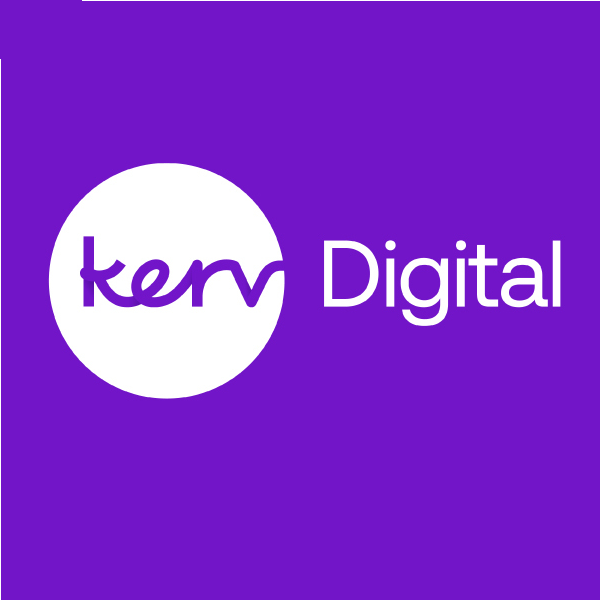
Kerv Digital
The Digital Transformation Arm of Kerv Group|Kerv Digital
Have a question?
Get in touchPublished 15/03/24 under:
When it comes to unlocking the door to digital innovation, low-code development can be the master key. By breaking down barriers to entry, these platforms empower a diverse range of users, including those with disabilities or limited technical expertise, to participate in application development. With a focus on user-centric design and compliance with accessibility standards, low code promotes collaboration and ensures that applications are usable by all. From democratizing development to fostering inclusive design practices, low code is not just a tool for building software – it’s a catalyst for creating a more accessible digital world.
Inclusive Solutions
Imagine this: Your code isn’t just lines; it’s a bridge that empowers every user. Overlooking accessibility means sidelining portions of your users – peers, customers, teammates – who rely on these apps to navigate their digital world. Now, let’s talk real code. It’s about making your apps usable for all, ensuring that every function and UI element is designed with accessibility in mind. We’re not just diving into the user journey; we’re redefining the developer journey, making accessibility part and parcel of your code’s DNA.
More than Just Pixels
Here’s the deal: Accessibility isn’t a one-trick pony. It’s not only about making your app friendly for screen readers. It’s about considering every user’s unique context. Think remote workers struggling with mobile apps on-the-go. This is accessibility too. So, it’s time to widen the scope of your code’s impact. It’s about writing code that stands strong in the face of different devices, networks, and abilities. By doing so, you’re not just writing code; you’re crafting experiences that resonate across diverse landscapes.
Consistency and Awareness
Becoming an accessibility-first coder isn’t about mastering a new language; it’s about integrating a new perspective. The developer who embraces accessibility isn’t just writing code; they’re shaping digital experiences. It’s about making accessibility an instinctive part of every decision you make as a coder. Educating yourself and your peers, embedding accessibility checks into your workflow, and championing inclusive coding practices – these are your weapons of choice. You’re not just coding; you’re crafting a digital realm where every user’s needs are met.
Eliminating Ambiguity
An organizational commitment to accessibility eliminates the guesswork that comes with individual developer preferences. It establishes accessibility as a non-negotiable, woven into the fabric of your codebase. Your apps become consistent, providing every user a uniform, seamless experience. This isn’t just code; it’s a stance. It reflects your dedication to diversity, to coding for all, and it echoes far beyond your terminal.
By adopting an accessibility-first mindset, you’re not just writing lines of code; you’re championing user inclusivity. Your code morphs into a vessel of empowerment, enabling every user to navigate the digital landscape effortlessly. From that first line of code to the grand finale, you’re shaping an inclusive digital world, one algorithm at a time.
Have a question?
"*" indicates required fields


